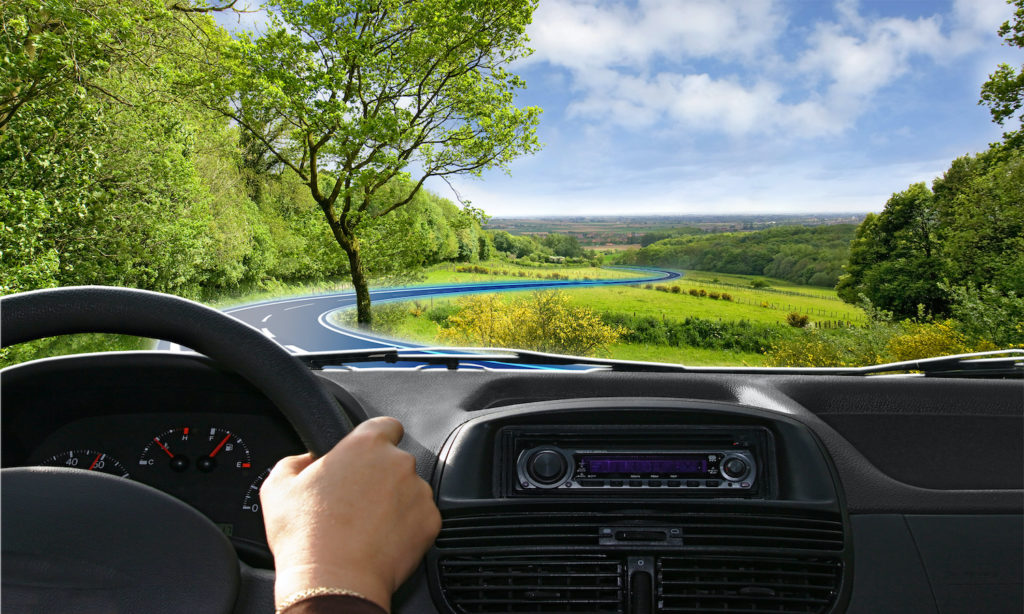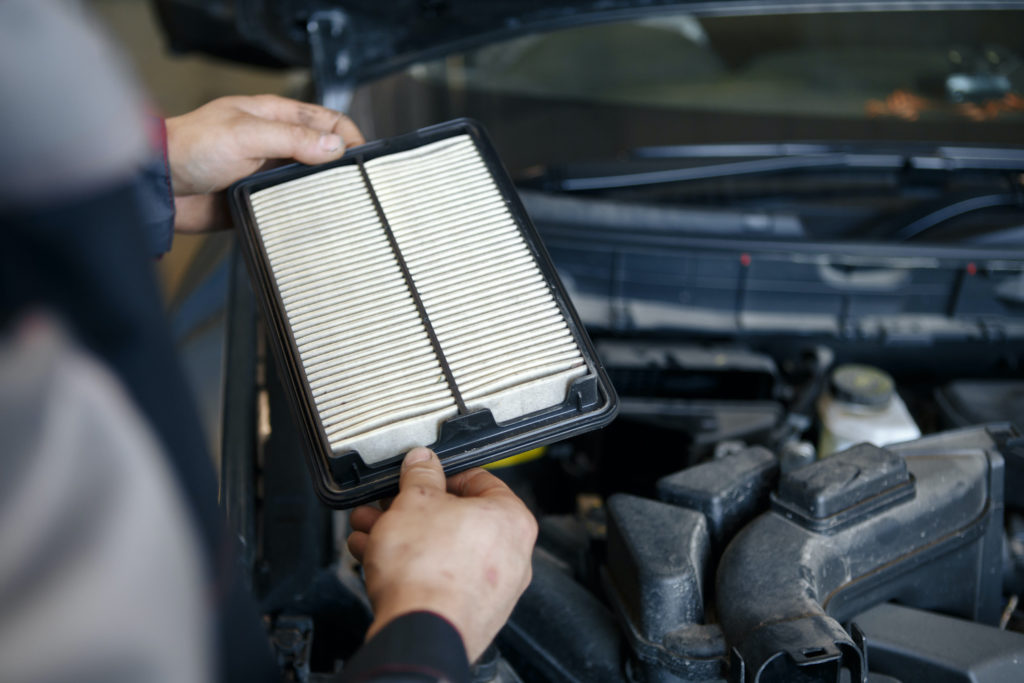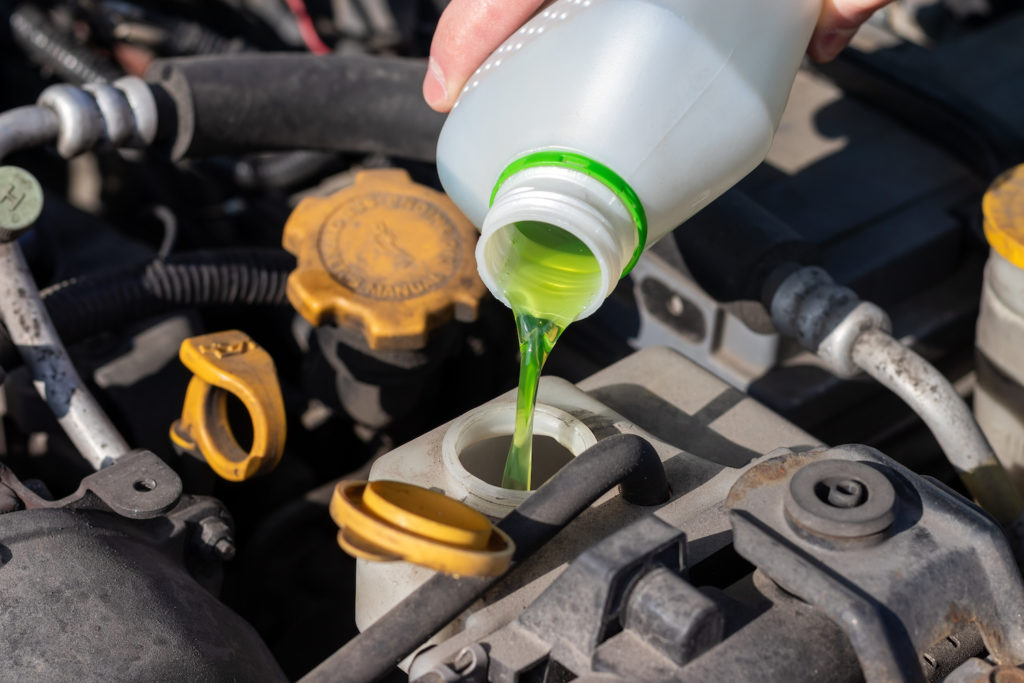It might be hard to find a silver lining in the situation our world is facing today, but here’s some good news: since social distancing and stay-at-home orders have been put in place, many major cities around the world have been seeing drastic drops in nitrogen oxide concentrations and other air pollutants.
It’s a great reminder for us to be more mindful of our impact on the environment.
But once we’re all back on the road, how can we continue to reduce our footprint? In this article, we provide you with some tips to make your car more eco-friendly (plus fuel-efficient and easy on your wallet!) before you head back out into the world and get back to business as usual.

How to Make Your Car More Green
Most people think that driving an electric car is the only way to go when it comes to being more “eco-friendly” on the road. And while there’s truth in that, electric cars are not entirely “green.”
Charging an electric car requires energy, which, as you know, comes from power plants. Now, unless the energy source is solar, geothermal, or any other sustainable power source, an electric car is not considered 100 percent green.
The point is, having an electric car may be a step in the right direction, but it’s not the only way to help the environment. If you have a gas-powered vehicle, you can still do your part.
1. Get Rid of Excess Weight
There’s not much you can do to change the design of your car. Some vehicles are aerodynamic, with a sleek bumper and valance, while others simply are not.
But you can do your part to make your car lighter. The first and easiest thing you can do is take out any unnecessary items that may be weighing your car down. Some people like to store heavy items in their car rather than bringing them into the house and taking them out again—these are usually items like golf clubs or child booster seats that aren’t even being used.

The reasoning behind this is, the heavier the load, the harder you make your engine work. And the more fuel you use, the greater your ecological footprint.
Ditching some of the excess cargo inside your car is one way. If you want to make your car more lightweight, removing that roof rack could also help. But if removing the roof rack is not a viable option for your lifestyle, you can opt to switch to lighter roof racks that still do the job.
2. Avoid Pumping Extra Fuel After a Full Tank
Aside from adding more weight to your vehicle, those few extra pumps after the automatic pump has stopped can damage your ride’s evaporative emissions (EVAP) system. Also, you’re allowing vapors to escape the tank just by overfilling it.
When you pump more than what your tank can handle, you run the risk of forcing the gasoline into the EVAP charcoal canister. Beware of damaging this as it is designed to prevent the release of fuel vapor into the atmosphere.
If you want, you can actually kill two birds with one stone by filling up halfway. This way, you can reduce weight while keeping the harmful fuel vapor tightly sealed.

3. Limit the Use of Air Conditioning
Did you know that the A/C stresses your engine by making it work harder? You can cut your fuel budget by reducing your overall A/C usage.
That’s easier said than done, right? Now that summer’s fast approaching, having icy cold air inside the cabin is going to be a must. But if possible, just roll down your windows or avoid driving in the afternoon so you can avoid using the A/C.
If you can’t bear the heat and simply need to have the A/C on at all times when you’re in the car, at least make sure that there is sufficient system pressure and refrigerant levels to keep it running efficiently.
It is also important that your windows are fully shut to maximize A/C performance. Be sure to replace broken window regulators that may be preventing your windows from opening and closing properly.
4. Replace the Air Filter Regularly
Replacing the air filter is a smart way of making your engine run in its optimal state, because restricted airflow leads to a rich fuel mixture. Dirt, dust, and road debris can clog the filter and block the air from getting siphoned into the engine.
Not only can this make your engine run with poor fuel efficiency, but it also can result in engine problems down the line.

5. Make Sure the Tires are Properly Inflated
Believe it or not, tire pressure can also have something to do with your car’s fuel efficiency. An underinflated tire has a larger surface area that’s touching the road—this is also known as the “contact patch,” and too much of this creates friction and increases drag.
Not only are improperly inflated tires bad for your fuel economy, but underinflated tires are also dangerous as they heat up faster than tires that are properly inflated—plus you run the risk of a tire explosion.
How about too much pressure? Could it solve the problem? Overinflating the tire can increase fuel mileage, but this can also be just as dangerous as underinflating, as a smaller contact patch can increase the likelihood of tire skidding.
The easiest way to ensure proper tire inflation is to follow your owner’s manual and inflate the tires to the recommended tire pressure. Also, make sure to examine tread thickness. You can resort to the penny or quarter test, where you insert a coin into a groove of the tire.
In a penny test, you want the tread to cover part of Lincoln’s head, which means you should have at least 2/32” thickness.
In the quarter test, the tread should touch the edge of Washington’s head.
6. Ensure Regular Cooling System Maintenance

The cooling system keeps your engine operating within a certain temperature range. If the engine runs too hot, it will overheat and potentially sustain major damage. On the other hand, if the engine runs too cool, fuel economy will drop.
You should always keep an eye on your car’s temperature gauge (if it has one) to make sure the cooling system is working properly. If you notice any problems, bring your car in for repair immediately.
You can also do your part by checking the coolant level on a regular basis. But just remember: NEVER remove the cooling system cap unless it’s cool to the touch! Severe injury can result if you attempt to remove the cap while it’s warm or hot.
7. Make Sure the Fuel System is Working Properly
Since it’s no secret that leaks can mess up your car’s fuel efficiency, maintaining a healthy fuel system is one of the ways you can make your car more eco-friendly.
Fuel leaks can cause fumes to evaporate into the atmosphere. Be on the lookout for signs of a fuel leak or take a preventative step by having your car checked regularly by a mechanic.
8. Pay Attention to Warning Lights
When a modern car suffers from a powertrain problem that could increase tailpipe emissions, an onboard computer will notice and turn on the Check Engine Light. Ignoring the warning can lead to an increase in emissions and a reduction in fuel economy.
Furthermore, you run the risk of causing additional damage to your vehicle. That’s why, if that warning light pops on, you need to get the underlying issue diagnosed and fixed immediately.
Make sure to replace faulty components that are triggering the check engine light. This includes emissions components like the catalytic converterand oxygen sensors.
9. Make Sure Your Car is Properly Tuned
The only time your car is not emitting past the legal emissions standard is when it’s properly tuned.
By performing regular tune-ups, you can maintain your car’s efficiency and improve its mileage by up to 40 percent. A proper tune-up includes checking on the spark plugs, oil filter, air filter, and other maintenance items in your car.
You should also address any warning lights immediately.

10. Avoid Idling for Long Periods of Time
It is known that for every 10 minutes of idle, your car releases a pound of carbon dioxide into the atmosphere. Also, according to EcoWatch, a car that’s been idling for 12 minutes straight burns an incredible amount of fuel—enough to drive 24 miles.
There are many reasons why people leave their car idling. Some will argue that they simply don’t want to turn their engine on and off as it guzzles more gasoline—but it’s actually the opposite.
Contrary to popular belief, idling for long periods of time is definitely more wasteful.
Aside from these car modifications and maintenance suggestions, here are a few more tips to boost your “green” efforts:
- Use non-toxic, biodegradable car cleaning products.
- Avoid disposable wipes if possible—stock up on reusable cloths instead.
- Look into waterless car wash products.
- Use less water when washing your car. Turn off the hose when not in use.
- When you buy a replacement part from CarParts.com, see if you can return the core—or recyclable component—of your old part to us. That way, you can help reduce the number of cores going into landfills, and get some well-deserved money back while you’re at it! Check the “Core Returns” section of our Return Policy for more details.
Any information provided on this Website is for informational purposes only and is not intended to replace consultation with a professional mechanic. The accuracy and timeliness of the information may change from the time of publication.


























